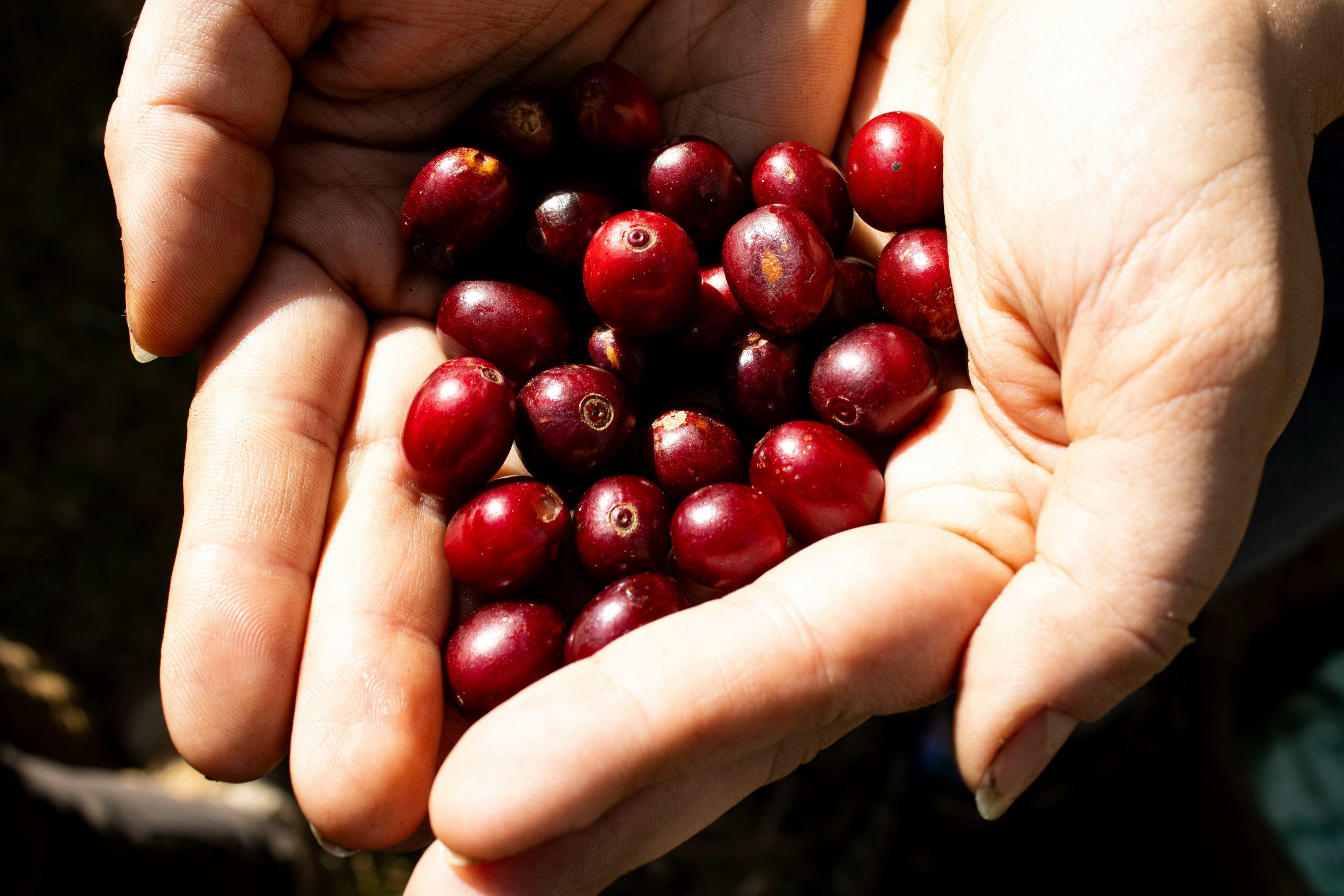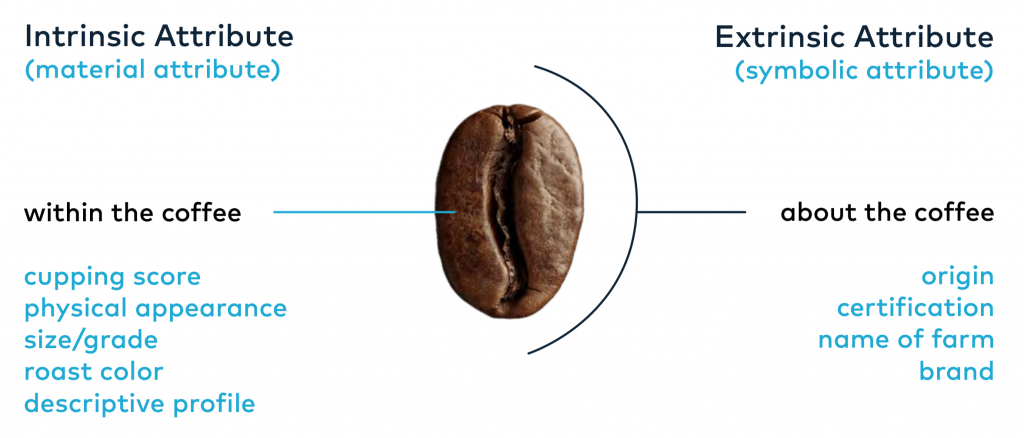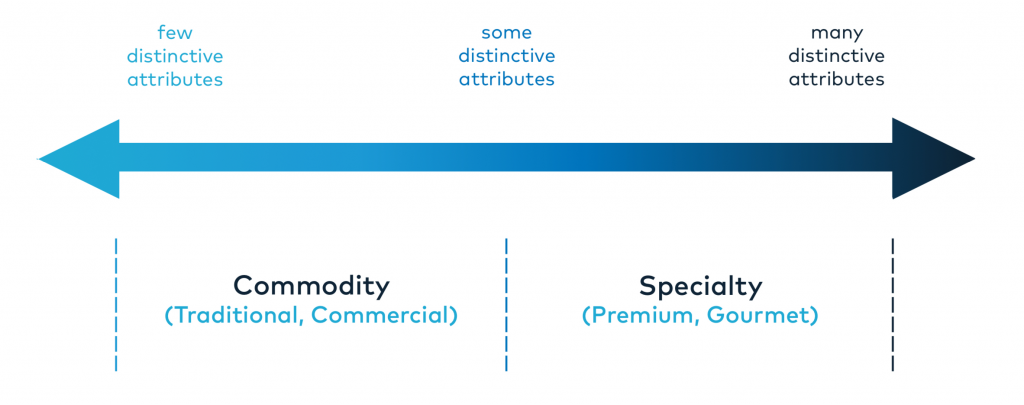Since its inception, specialty coffee has transformed the coffee industry from a commodity-driven market to one that celebrates quality, uniqueness, and diversity. However, the concept of specialty coffee has often been challenging to pin down, as it goes beyond mere quality measurements. The Specialty Coffee Association (SCA) has taken significant steps to offer a more precise and inclusive definition. This article dives into the history, evolution, and detailed attributes of specialty coffee, providing clarity on what sets it apart from the rest (Samoggia & Riedel, 2018).
The Origins of Specialty Coffee: From Commodity to Specialty
Specialty coffee first emerged as a concept in the 1970s, when coffee enthusiasts and professionals started seeking more than just a caffeine fix. They sought quality, uniqueness, and a deeper appreciation of coffee as a craft. The term “specialty coffee” was first used by Erna Knutsen in 1974 to describe beans with unique flavor profiles that were grown in ideal climates (Knutsen, 1974). This marked the beginning of a shift away from viewing coffee as just a generic commodity, towards seeing it as an artisanal product with distinctive qualities.
During the 1980s and 1990s, the specialty coffee movement gained even more momentum, especially with the rise of coffee shops that focused on quality and traceability. This era also saw the development of new brewing techniques, roasting profiles, and an emphasis on sourcing beans from single origins. However, despite the growing popularity, defining specialty coffee remained elusive, as different stakeholders had varying interpretations (Riedel & Samoggia, 2018).
The Specialty Coffee Association’s Role in Shaping the Definition
The Specialty Coffee Association of America (SCAA) was established in 1982 to bring together coffee professionals and set standards for quality. The association later evolved into the global SCA, which continues to play a pivotal role in defining and promoting specialty coffee. One of the major challenges faced by the SCA was to establish a clear, comprehensive definition of specialty coffee, since previous attempts were often either too vague or overly technical (SCA, 2021).
In the early 2000s, the SCA introduced a grading system where coffee scoring above 80 points on a 100-point scale was considered “specialty.” While this was a step forward, it still didn’t fully capture the broader attributes that make specialty coffee unique. Thus, the need for a more inclusive definition became evident (Giuliano et al., 2021).

“Specialty coffee is a coffee or coffee experience recognized for its distinctive attributes, and because of these attributes, has significant extra value in the marketplace.” -SCA-
Moving Beyond Quality: The Attributes-Based Approach
The SCA recognized that simply defining specialty coffee based on technical quality measurements wasn’t enough. Coffee is a multifaceted product, influenced by various factors beyond its physical and sensory attributes. In response, the SCA introduced the concept of defining specialty coffee through its “attributes,” distinguishing between intrinsic and extrinsic qualities (Giuliano et al., 2021).

1. Intrinsic Attributes
Intrinsic attributes refer to the physical, sensory, and material qualities that exist within the coffee itself. These include:
• Flavor Profile: Specialty coffee is celebrated for its complex and diverse flavor profiles, often exhibiting notes such as citrus, berry, floral, chocolate, or nutty undertones.
• Acidity: This attribute provides brightness and liveliness to the coffee, distinguishing it from flat or dull flavors.
• Body: The texture or mouthfeel of the coffee, ranging from light and delicate to full and syrupy.
• Clean Cup: The absence of defects, ensuring that the coffee delivers a pure and undistorted experience (Brown et al., 2020).These intrinsic qualities are often measured through sensory evaluation methods like cupping, which involves trained professionals scoring the coffee based on these characteristics.
2. Extrinsic Attributes
Extrinsic attributes, on the other hand, encompass the symbolic and informational aspects related to the coffee. These include:
• Origin and Terroir: The specific region, climate, altitude, and soil where the coffee is grown plays a significant role in its flavor and uniqueness.
• Production Methods: The farming practices, processing techniques, and sustainability efforts that contribute to the coffee’s overall value.
• Story and Transparency: The journey of the coffee from farm to cup, including the farmers, roasters, and the narrative that connects consumers to the product (Brown & Hopfer, 2020).
By acknowledging both intrinsic and extrinsic attributes, the SCA’s attributes-based framework offers a more holistic definition of specialty coffee.
Specialty vs. Commodity Coffee: A Continuum
One of the most significant contributions of the SCA’s attributes-based approach is the concept of viewing specialty and commodity coffee as existing on a continuum. While commodity coffee focuses on uniformity, consistency, and interchangeability, specialty coffee emphasizes distinctiveness, individuality, and excellence (Fernández-Alduenda, 2019).

Coffees transition from being commodity-grade to specialty-grade as they exhibit more distinctive attributes. For example, a coffee with a unique flavor profile, traceable origin, and sustainable farming practices is considered more “special” than one that lacks these qualities.
The Role of Sensory Science in Defining Specialty Coffee
Sensory science has played a crucial role in identifying and validating the attributes that make coffee special. The Coffee Taster’s Flavor Wheel, developed in collaboration with the SCA and the University of California, Davis, is a prime example of how sensory evaluation contributes to understanding specialty coffee (Bakke & Brown, 2020). This tool enables professionals to describe and communicate coffee’s sensory attributes more effectively, providing a standardized language for assessing quality.
Measuring the Value of Specialty Coffee
The SCA’s attributes-based framework has also made it possible to measure the value of specialty coffee more accurately. By using economic models and consumer research, researchers have identified that certain attributes (e.g., fruity flavor notes, certifications like Fair Trade, or organic labels) have a direct impact on the price and marketability of specialty coffee (Traore, Wilson & Fields, 2018). This reinforces the idea that specialty coffee’s value is multifaceted, combining both intrinsic and extrinsic elements.
The Evolving Nature of Specialty Coffee: Embracing Diversity and Inclusivity
As specialty coffee continues to expand globally, the SCA’s attributes-based definition allows for the inclusion of diverse coffee cultures, preferences, and values. The recognition of different consumer markets and the evolving appreciation of various attributes have made specialty coffee more inclusive, adaptable, and representative of the world’s coffee-loving community (Samoggia & Riedel, 2018).
Conclusion: The Future of Specialty Coffee
The SCA’s journey towards defining specialty coffee reflects the dynamic and evolving nature of the industry. By focusing on attributes and embracing a holistic approach, the definition captures the complexity, diversity, and value that make specialty coffee truly special. This framework not only benefits producers, roasters, and consumers but also strengthens the specialty coffee community by providing a clearer understanding of what makes coffee unique, valuable, and worth celebrating (Giuliano et al., 2021).
References:
1. Samoggia, A., & Riedel, B. (2018). Coffee Consumption and Purchasing Behavior Review: Insights for Further Research. Appetite, 129, 70-81.
2. Giuliano, P., von der Lieth, K. J., Fernández-Alduenda, M. R., Apostolopoulos, Y., Ionescu, K. E., & Rugolo, J. (2021). Towards a Definition of Specialty Coffee: A Conception Based on Attributes. Specialty Coffee Association.
3. Brown, A. L., Bakke, A. J., & Hopfer, H. (2020). Understanding American Premium Chocolate Consumer Perception of Craft Chocolate and Desirable Product Attributes Using Focus Groups and Projective Mapping. PLOS ONE, 15(11).
4. Traore, T. M., Wilson, N. L. W., & Fields III, D. (2018). What Explains Specialty Coffee Quality Scores and Prices: A Case Study from the Cup of Excellence Program. Journal of Agricultural and Applied Economics, 50(3), 349–68.
5. Knutsen, E. (1974). The Specialty Coffee Concept. Proceedings from a 1974 coffee conference.

Leave a Reply